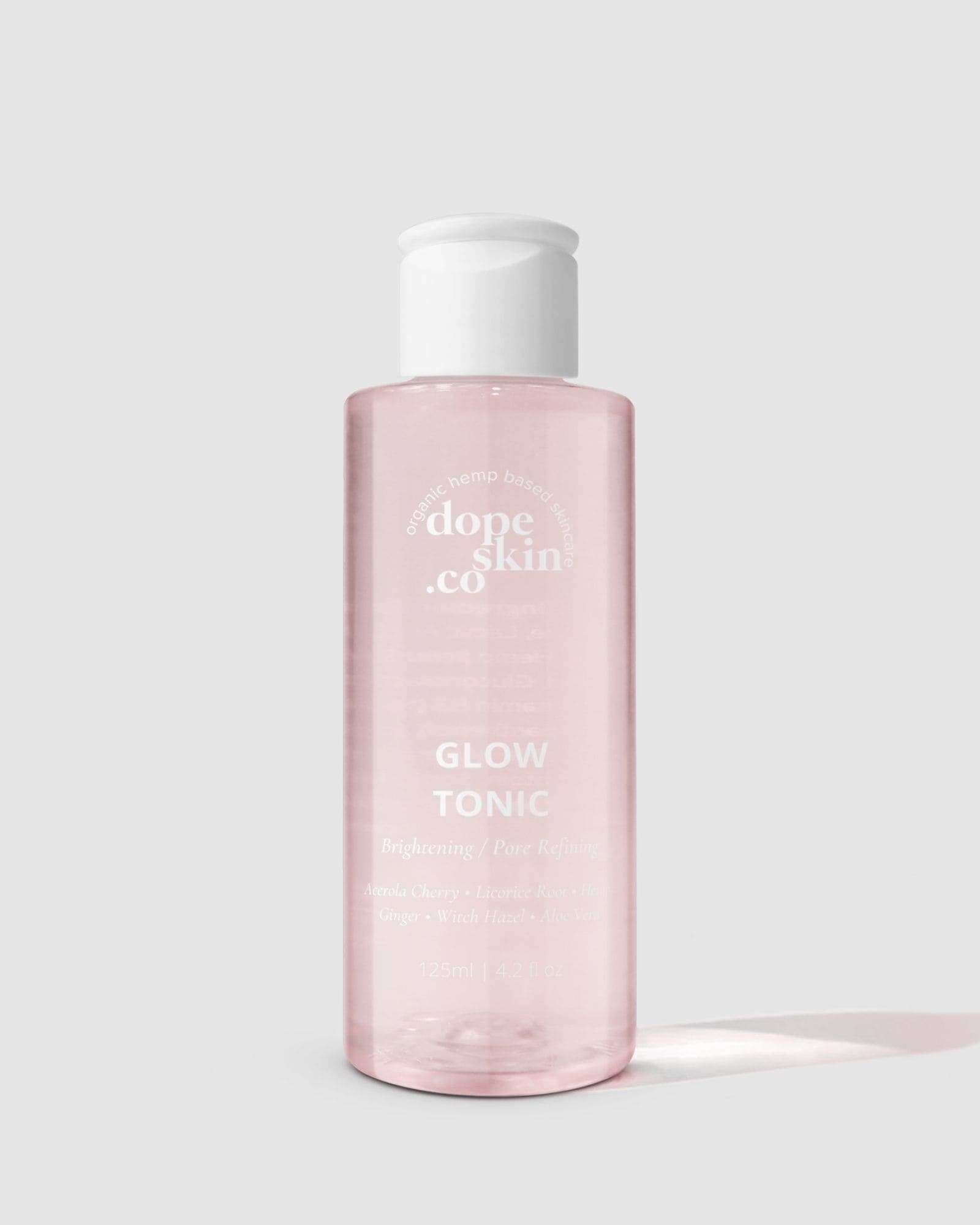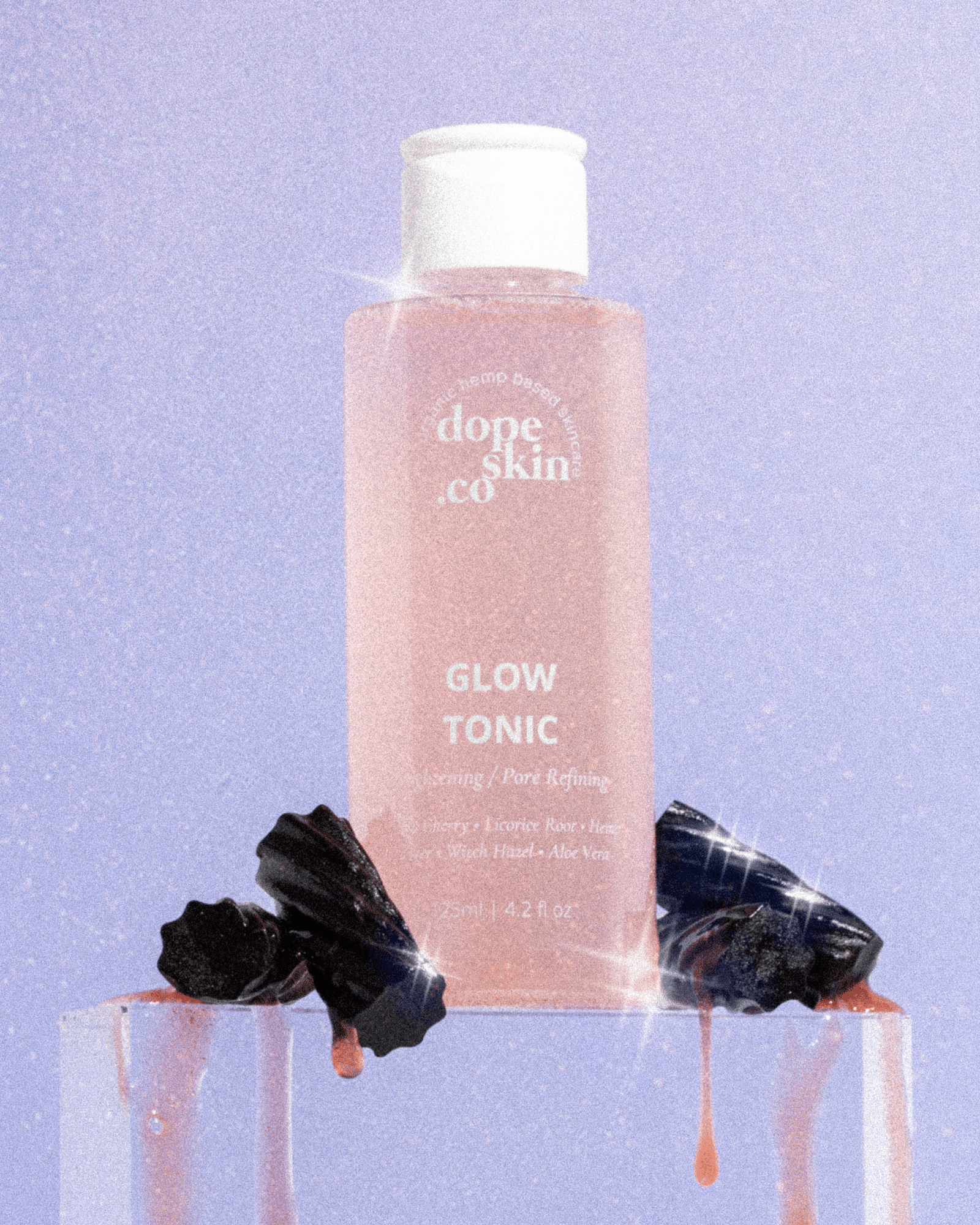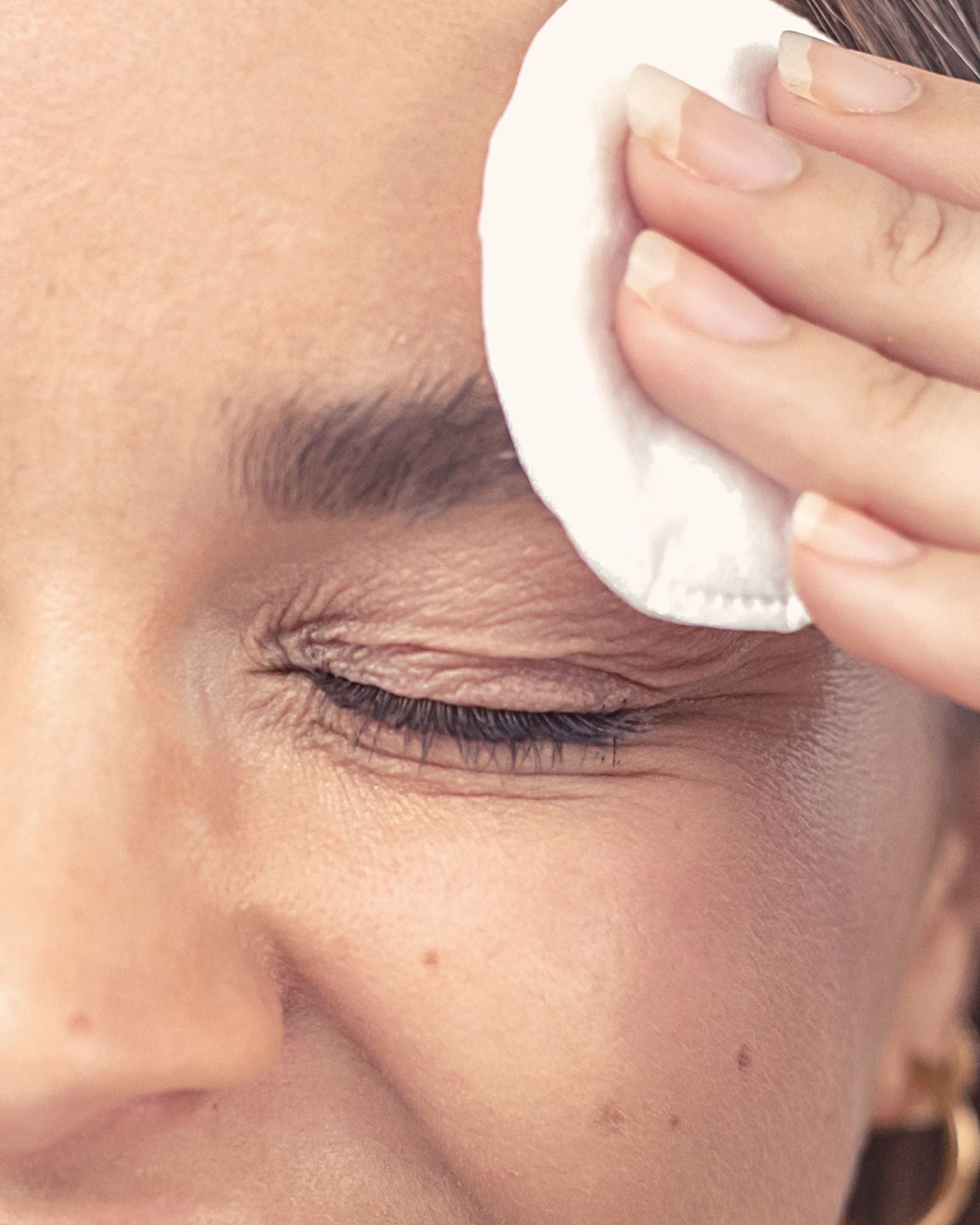Article: Salicylic Acid
Salicylic Acid
Salicylic acid is one of acne's biggest enemies. Take that break outs! More specifically, it is a type of beta hydroxy acid and derived from the willow bark. The acid is colourless and is best known for being a key ingredient in topical acne treatments. However, it also has numerous medical uses beyond acne. From combating blemishes to warts, continue reading to discover more about salicylic acid and its many benefits.
Overview
As mentioned above, salicylic acid is a type of beta hydroxy acid. This is in contrast to alpha hydroxy acids, an important distinction as it is salicylic’s beta hydroxy acid structure that allows it to be more oil soluble. For this reason, salicylic acid is able to penetrate the skin and go deep
into the pores, unlike alpha hydroxy acid which can only exfoliate the surface of the skin. How the ingredient works is that it exfoliates deep into the skin, causing the top layer of skin cells to soften and break apart. In the case of acne, this process works to unclog the pores, reducing the appearance of blackheads (more on that below).
Benefits
First, salicylic acid can be prescribed as a medication to treat warts, dandruff, psoriasis, corns, and calluses. In these cases, the ingredient’s ability to aid in removing the outer layer of skin is critical. Beyond its medical uses, salicylic acid is a popular ingredient in many skincare products, which can be bought at stores around the world. The ingredient is most often found in
facial cleansers, exfoliators, serums, and spot treatments, with the aim of combating acne. It works its magic via the process mentioned above, which ultimately serves to reduce inflammation and redness, exfoliate the skin, and unclog pores, dissolving blackheads and whiteheads along the way. It is important to note that salicylic acid is most effective on pimples of the blackhead and whitehead variety, versus more serious cystic acne. In addition, salicylic
acid is also a highly effective astringent and has the ability to regulate the oil naturally produced by the skin (called sebum). The acid breaks down fatty compounds that lie on the surface of the skin, clearing out excess oil while simultaneously minimising the appearance of pores and tightening the skin.
Safety
While salicylic Acid can be used daily, we recommend introducing it into your routine every two or three days to begin with. When used in products in small doses (less than 0.2%) this is generally safe to use and beneficial for sensitive skin. When used in higher does can cause redness and peeling (used in chemical peels).







